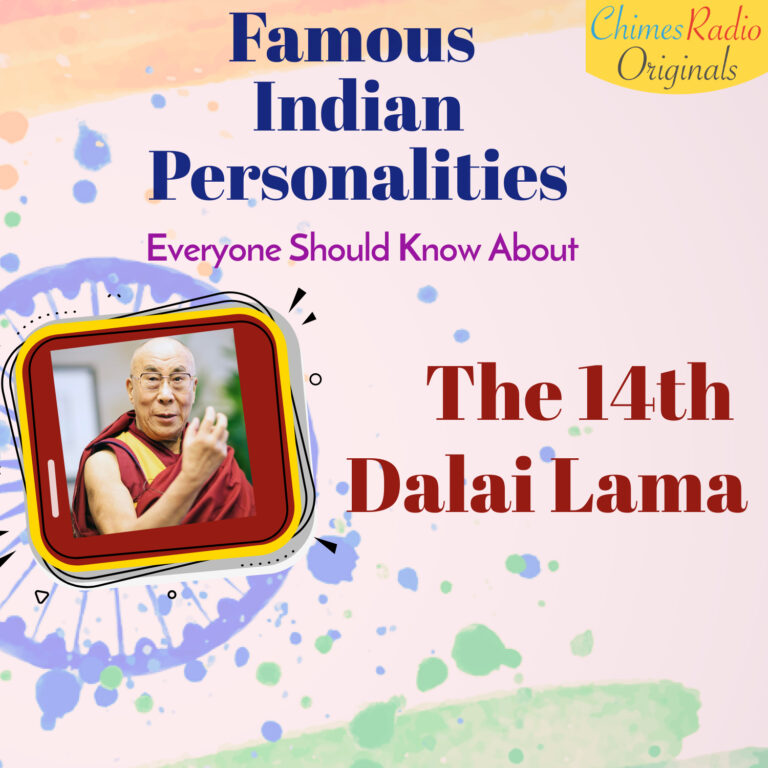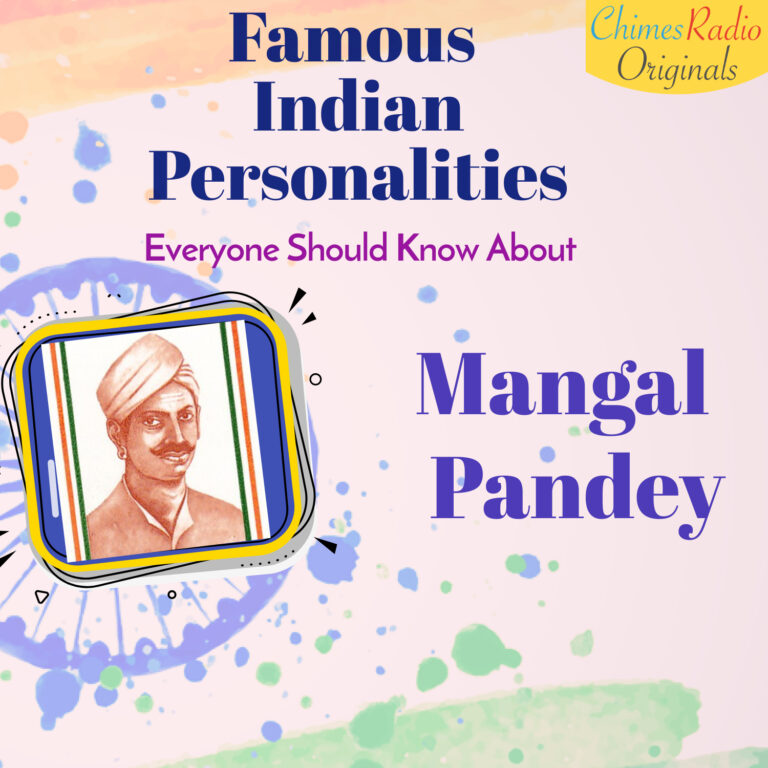Sir C.V. Raman
Share this inspirational story of Sir CV Raman
The Inspirational Story of "Sir C.V. Raman"
Sir Chandrasekhara Venkata Raman was an Indian physicist who was most recognized for his work on light scattering. He is the first Asian to receive a Nobel Prize in Physics for his work on the scattering of light and the discovery of the effect named after him in 1930.
Birth: Sir C.V. Raman, was born to a Tamil family on 7th November 1888. His father was Chandrasekhara Ramanathan Iyer, and his mother Parvathi Ammal. Since childhood, he was very keen on pursuing science and later became one of the eminent scientists of India.
Childhood: Since his early childhood, C. V. Raman has been a bright and intelligent student. He received a scholarship at the age of 11 and completed his matric and 12th class at the age of 13. Raman was raised in an academic background as the son of a mathematics and physics lecturer. He was a great student throughout his academic career and was passionate about research; in fact, he began working on optics and acoustics research while still a student.
Adult Life: He completed his graduation in 2 years at the age of 16, and by the time he finished his masters, he had already published two papers to the British Journal Philosophical Magazine. He joined the Indian Finance Service in Calcutta as an Assistant Accountant General when he was 19 years old. There he joined the Indian Association for the Cultivation of Science (IACS), India’s first research institute, which allowed him to do independent study and contributed to the fields of acoustics and optics.
The Raman Effect: He began his job as a Deputy Accountant General, but he couldn’t stop himself from research. He would frequently stay up at night in order to learn new topics in the realm of physics. He was so taken aback by the Mediterranean sea’s blue hue that he set out to solve the mystery of why water, a transparent liquid, seemed blue to the naked sight.
Thus began a series of studies on light scattering that eventually led to the discovery of the ‘Raman Effect,’ for which he was awarded the Nobel Prize in Physics. As a result, the Indian government has designated February 28th as National Science Day to celebrate his contributions to science.
Other Major Works: From 1944 to 1968, he worked on the structure and optical behaviour of a variety of prismatic substances, including labradorite, pearly feldspar, agate, quartz, opal, and pearl. In the early 1950s, he worked on the structure and optical behaviour of agate, quartz, opal, and pearl. Colloidal optics, as well as electrical and magnetic anisotropy, were among his other passions. In the 1960s, his research focused on biological factors on flower colours and human visual physiology.
The Nobel Prize: In 1930, he received the most prestigious award, the Nobel prize in Physics for his Raman effect. CV Raman was the first Asian to be awarded a Nobel Prize in all fields of science “for his work on the scattering of light and for the discovery of the effect named after him in 1930.” He was the second Indian Nobel Laureate but the first Indian scientist to win Nobel prize.
His other contributions include the establishment of the Indian Academy of Sciences, the foundation of Raman Research Centre in 1948, and more. In 1954, he received India’s highest civilian honor Bharat Ratna Award. Dr. CV Raman, one of the greatest personalities of India, inspires us to follow our dreams and work hard with lots of dedication.
Stay tuned and listen to more episodes of our podcast “Famous Indian Personalities” where we keep bringing stories from the lives of the greatest personalities of India.




